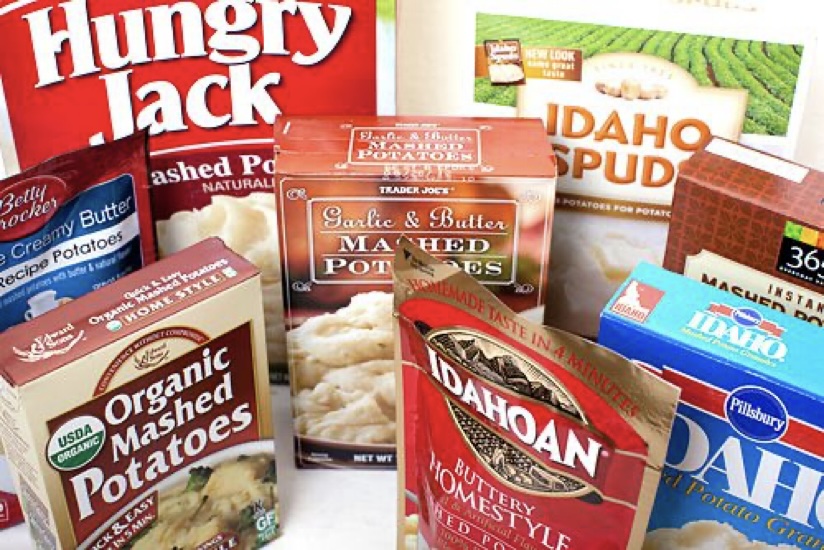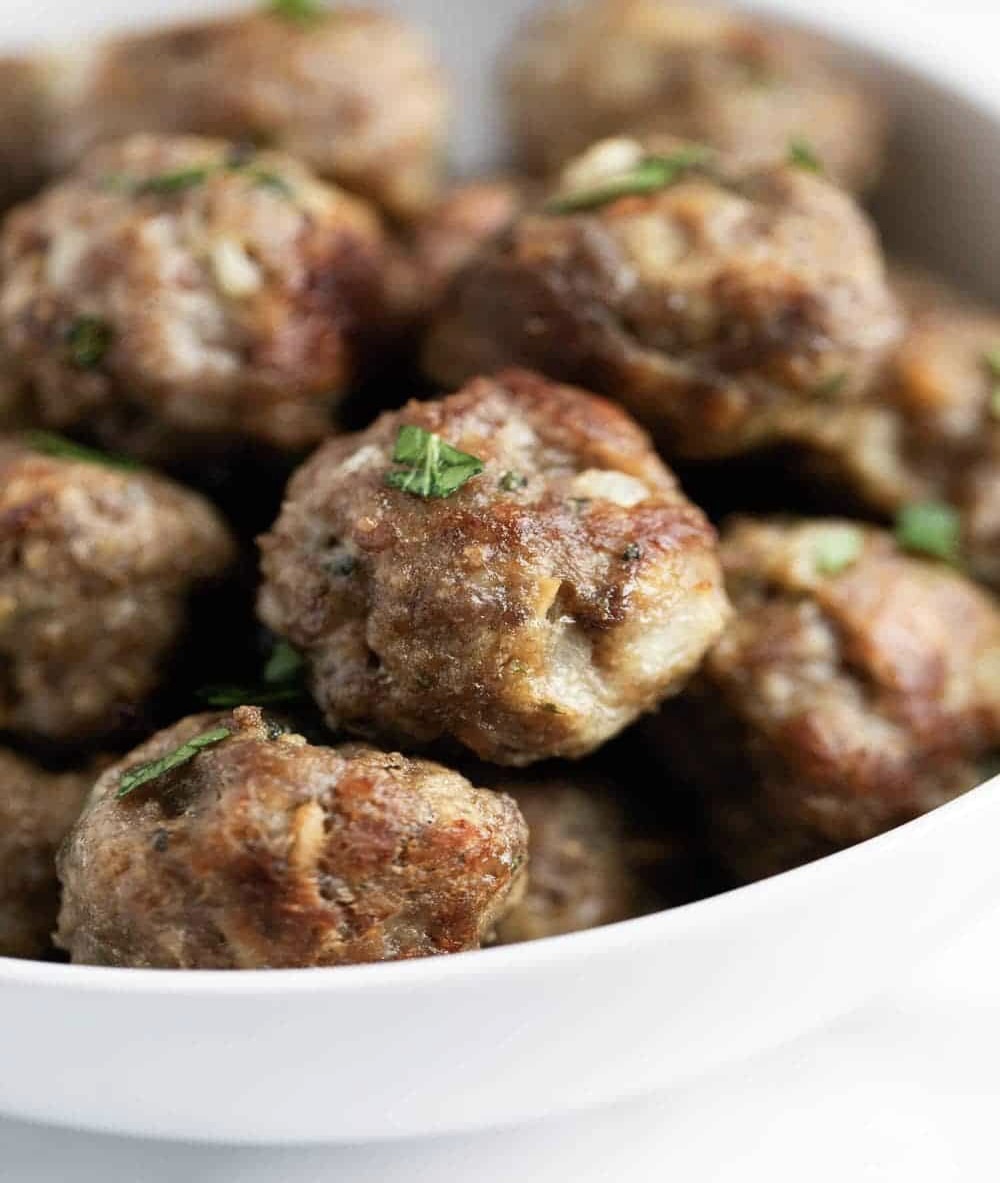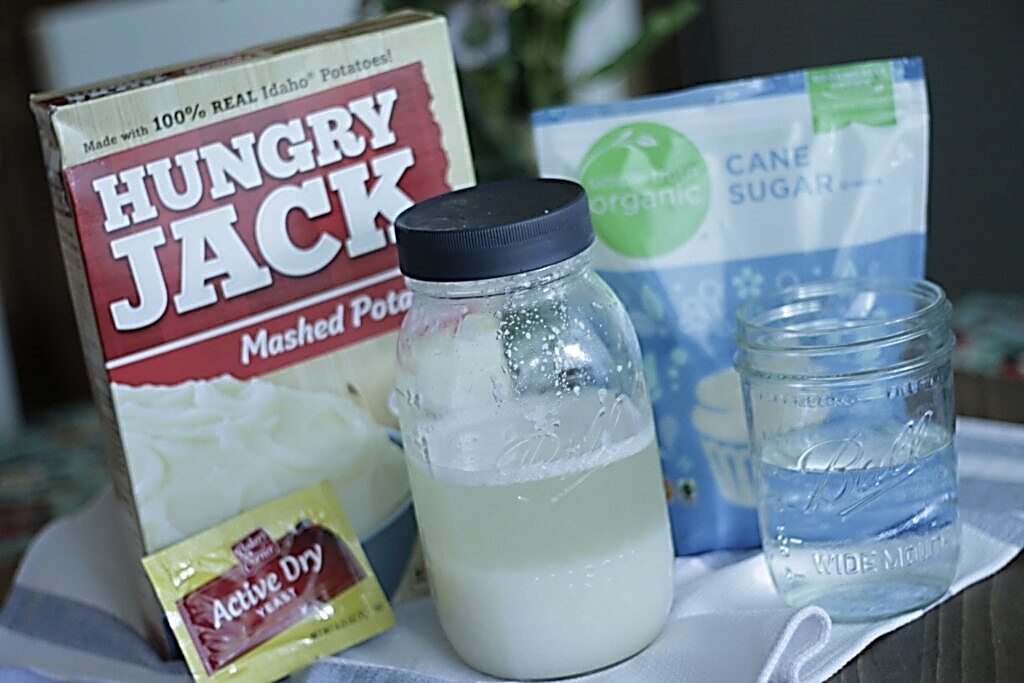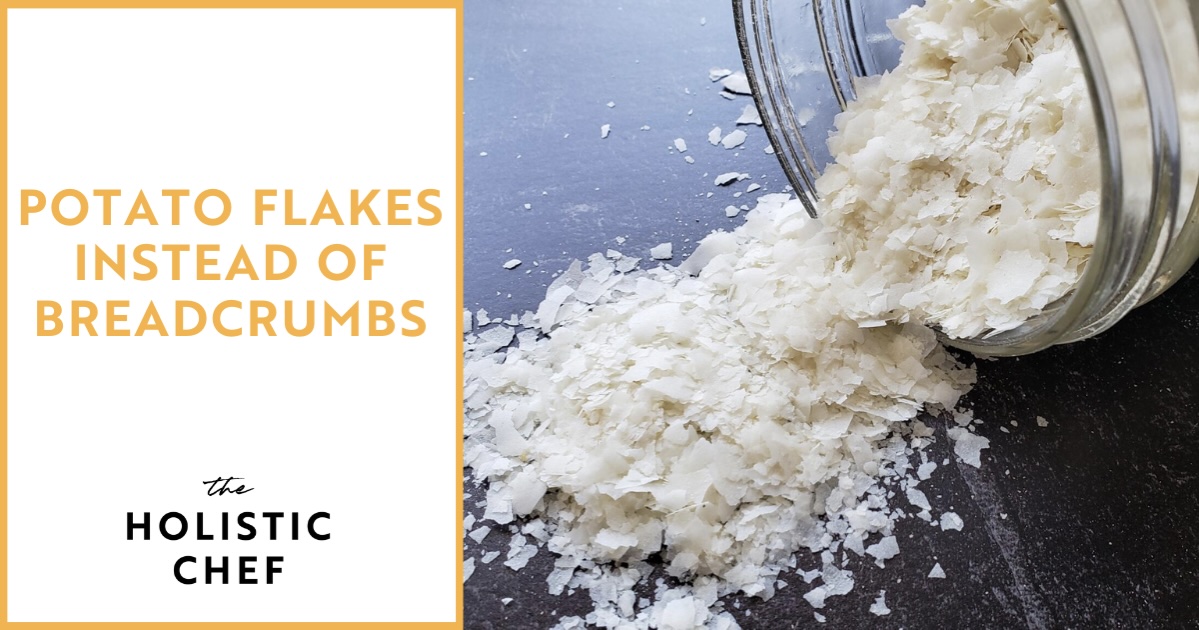So Many Reasons to Keep Instant Mashed Potatoes on Hand!
Instant mashed potatoes are easily stored and typically very affordable. And to top it all off, this common pantry staple has a wide variety of applications. Besides being a quick and hearty side dish, there are several other uses for instant mashed potatoes. I first read about these on the great site, www.tastingtable.com. Food researcher and write, Brittany Davies, shared some ideas that I’d never heard of—maybe you haven’t either. Take a look:

SOUP, STEW and GRAVY THICKENER. Potatoes are one of the few thickeners that are also naturally gluten-free. Instant mashed potatoes do the job a lot quicker than flour or cornstarch. They also allow you to skip the step of dissolving your thickener in water to make a slurry. Just add a sprinkle of instant mashed potatoes to the pot, a little at a time (giving the flakes a few minutes to absorb some of the liquid), and watch how quickly the recipe thickens.
DIP, SPREADS and SAUCES BASE. Many dips and sauces rely on rich, fatty dairy products (heavy whipping cream or cream cheese) for thickening, dried potato flakes offer a lighter alternative that creates similarly smooth spreads. Simply add a small amount of potato flakes to lighten things up while maintaining a silky consistency. The popular Greek dip, skordalia, is one of several dips that does well with potato flakes.
MEATBALL, MEATLOAF, or MEAT PATTIES BINDER. Because instant potatoes have a mild, neutral flavor, they are perfect for recipes that need a binder, thickener, or a filler. Many meatball or meatloaf recipes suggest breadcrumbs or eggs as a binder, but dried potato flakes make a great substitute and are allergy-friendly. Besides binding, instant potatoes retain moisture and improve the dish’s texture, as well.

RELIABLE MISTAKE-FIXER. Overdone it on the dairy in the mashed potatoes? Instant mashed potatoes are like a magic eraser when it comes to a mash that's too thin. The absorbent power of starchy potato flakes is a quick way to correct liquidy mishaps in the kitchen. Deviled egg filling too mayo-heavy? Stir in some potato flakes to lighten the mixture. Potato salad too runny? Sprinkle in some instant mashed potatoes to soak up that extra liquid. Adding instant mashed potato flakes will quickly firm up mashed potatoes, stews, chili, sauces, and just about anything else that could benefit from a little less liquid.
GOOD REPLACEMENT FOR POTATO FLOUR. Since they are made using nearly identical methods, potato flakes can be easily transformed into potato flour simply by blitzing potato flakes into a powder in a food processor or blender.
SOURDOUGH STARTER FEED. Potato flakes and sugar combined make a unique sourdough starter that is both gluten and dairy free. While this starter will behave somewhat differently than a traditional sourdough starter, it’s well-suited for making soft white bread and rolls.

TORTILLA PROTECTOR. Tortillas can quickly become hard, crunchy, and difficult to work with. The inclusion of potato flakes when making tortillas can help extend the shelf life while keeping them soft and malleable. The ability of the instant mashed potatoes to absorb and retain moisture in the dough keeps the finished product pliable longer, extending your homemade tortillas’ shelf life.
CRISPY BREADING. Breadcrumbs are usually the go-to ingredient for creating a satisfying crunchy coating. But instant mashed potato flakes are even better. They produce an airy and crunchy crust for chicken, pork, fish, tofu, and more. And they can be used in breaded dishes that are either baked or deep or pan fried. The potato flake crust results in a delectably crisp outside that keeps the inside tender and juicy. For an amazing crackly crust, try mixing potato flakes with panko breadcrumbs.

CAKE and CANDY TRANSFORMATION. Potatoes USA suggests using potato flakes as a binder for some desserts. They hold moisture and create a smooth and creamy texture similar to eggs, dairy, or wheat flour. Swapping in potato flakes for some of the cream or eggs, especially in dairy-based desserts like custards, can help bind the dish while stretching more expensive ingredients. This works especially well for chocolate cakes, too.
Then there’s potato candy—a favorite during the Depression era—which is just mashed potatoes mixed with powdered sugar and covered with a layer of peanut butter, then rolled into swirls.
In closing, here is the recipe for this popular old-timey potato candy. Let’s try it and compare notes!
Depression Era Candy

1/2 cup (105g) plain mashed potatoes
1/2 cup (113g) salted butter softened
6 to 7 cups (800-910 g) powdered sugar plus additional for dusting
2 teaspoons vanilla extract
creamy peanut butter for filling
Directions:
1. Combine mashed potatoes, butter, and one cup of sugar in a large bowl and use an electric mixer to stir until combined.
2. Ω cup (105 g) plain mashed potatoes*,Ω cup (113 g) salted butter,6-7 cups (800-910 g) powdered sugar
3. Add remaining sugar, 1 cup at a time and stirring until combined after each addition. Once you've added 6 cups of powdered sugar, check the consistency. If the dough is not moldable in your hands and can't be rolled into a ball, continue to add sugar until it is firm.
4. Stir in vanilla extract.
5. 2 teaspoons vanilla extract
6. Refrigerate for at least 30-60 minutes (if you chill longer, it may become too firm and brittle and will just need to sit at room temperature for 10-15 minutes until it is pliable).
7. Once chilled, divide dough into two pieces and place one piece on a clean surface that you've generously dusted with powdered sugar. Dust the surface of the dough with additional sugar, and use a rolling pin to roll dough out into a rectangle about º" thick (about 8x12"). If your dough is too sticky or falling apart, you may need to add more sugar, re-shape it into a ball, and start over.
8. Once dough has been rolled into a rectangle, spread evenly with peanut butter, leaving a small amount of space peanut butter-free around the perimeter of the dough.
9. Starting with the longer side of your rectangle, gently but tightly roll into a log.
10. Use a sharp knife to cut into slices about 1/4" - 1/2" thick.
11. Repeat steps 5-8 with remaining half of dough.
12. Serve and enjoy. Store leftover candy in an airtight container in the refrigerator for up to a week.
2. Ω cup (105 g) plain mashed potatoes*,Ω cup (113 g) salted butter,6-7 cups (800-910 g) powdered sugar
3. Add remaining sugar, 1 cup at a time and stirring until combined after each addition. Once you've added 6 cups of powdered sugar, check the consistency. If the dough is not moldable in your hands and can't be rolled into a ball, continue to add sugar until it is firm.
4. Stir in vanilla extract.
5. 2 teaspoons vanilla extract
6. Refrigerate for at least 30-60 minutes (if you chill longer, it may become too firm and brittle and will just need to sit at room temperature for 10-15 minutes until it is pliable).
7. Once chilled, divide dough into two pieces and place one piece on a clean surface that you've generously dusted with powdered sugar. Dust the surface of the dough with additional sugar, and use a rolling pin to roll dough out into a rectangle about º" thick (about 8x12"). If your dough is too sticky or falling apart, you may need to add more sugar, re-shape it into a ball, and start over.
8. Once dough has been rolled into a rectangle, spread evenly with peanut butter, leaving a small amount of space peanut butter-free around the perimeter of the dough.
9. Starting with the longer side of your rectangle, gently but tightly roll into a log.
10. Use a sharp knife to cut into slices about 1/4" - 1/2" thick.
11. Repeat steps 5-8 with remaining half of dough.
12. Serve and enjoy. Store leftover candy in an airtight container in the refrigerator for up to a week.
Recipe formatted with the Cook'n Recipe Software from DVO Enterprises.
 Alice Osborne
Alice Osborne
Weekly Newsletter Contributor since 2006
Email the author! alice@dvo.com
